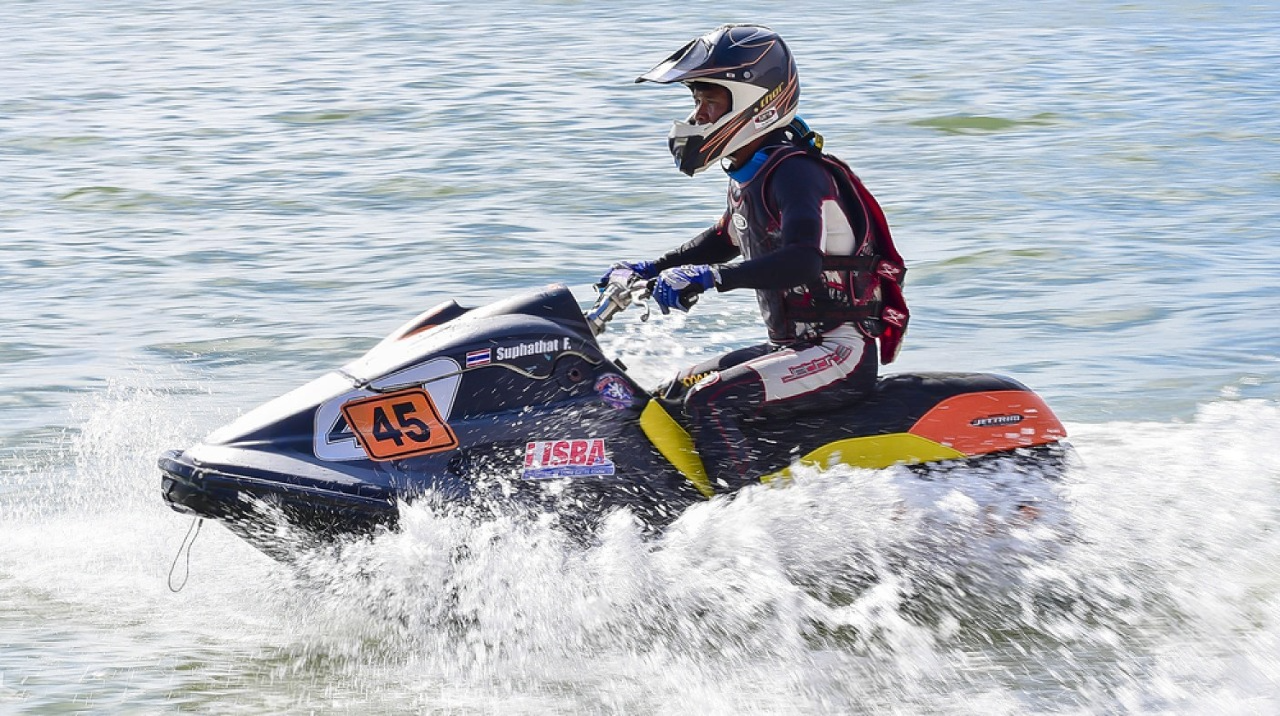Recreational Craft and Personal Watercraft Directive
Current Version: Recreational Craft and Personal Watercraft Directive (2013/53/EU)
Reference Number: 2013/53/EU
Official Title: Directive 2013/53/EU of the European Parliament and of the Council of 20 November 2013 on recreational craft and personal watercraft and repealing Directive 94/25/EC.
Directive 2013/53/EU was published on 28 December 2013, and came into force 20 days later. The transition period during which the old Recreational craft Directive 94/25/EC could be used ended on 18 January 2017.
The Directive aims to ensure a high level of safety for users and regulate exhaust and noise emissions of engine-powered recreational craft. It also harmonises rules governing the sale of recreational craft in the EU.

Definitions
- Watercraft: Any recreational or personal watercraft.
- Recreational craft: Watercraft for sports/leisure, 2.5 m to 24 m hull length.
- Personal watercraft: Watercraft under 4 m with jet propulsion, operated by standing/kneeling/sitting on it.
- Propulsion engine: Spark/compression ignition internal combustion engines for propulsion.
Products Covered
- Recreational and personal watercraft (complete and partly completed)
- Components listed in Annex II
- Propulsion engines (including major modifications)
- Watercraft undergoing major craft conversion
Exemptions
The Directive does not apply to:
- Racing watercraft, canoes, kayaks, surfboards, gondolas, pedalos
- Original historical watercraft and replicas (pre-1950)
- Experimental watercraft not placed on the market
- Privately built watercraft (not sold for 5 years after service)
- Commercial passenger watercraft, submersibles, air cushion vehicles, hydrofoils
- Steam-powered watercraft (coal, wood, oil, gas)
- Amphibious vehicles (operable on land and water)
Compliance Process
- Internal Production Control (Self-Certification): For craft in design category D and category C (LH < 12m).
- Third-Party Certification: Required for all other categories, with Dymer India Certifications or other notified bodies involved.
Contact us:
📧 dymer.global@gmail.com
📞 +91 9518903685
